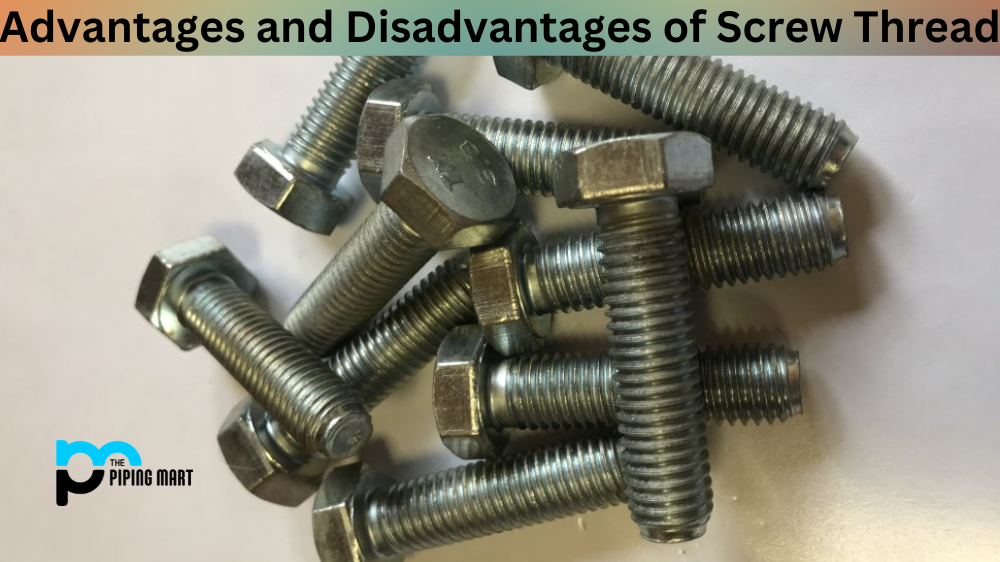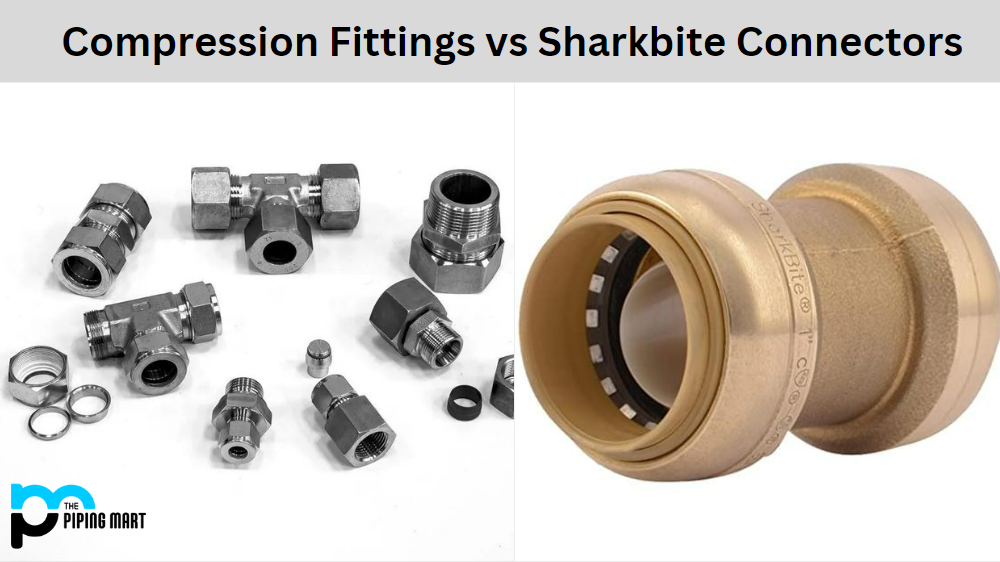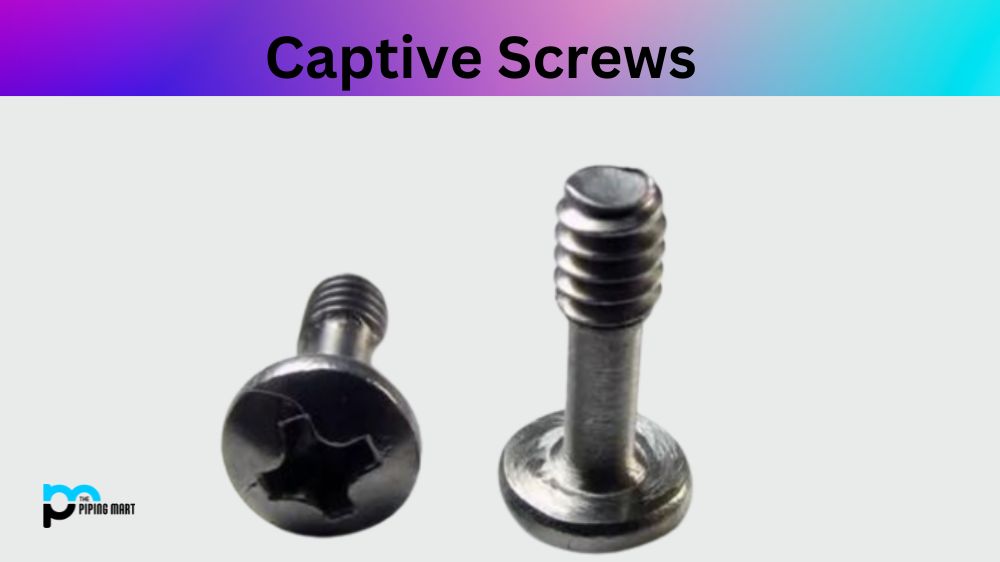Screw threads have existed since ancient times but were not commonly used until the Industrial Revolution. Today, we use them in countless applications, from fasteners in aeroplanes and cars to screws holding together furniture. But, like anything else, screw threads have advantages and disadvantages that you should know. In this post, we’ll discuss the pros and cons of screw threads so that you can make an informed decision about using them.
Advantages of Screw Thread
Frictional Force
Screw threads create a frictional force that tightly holds two or more objects together, preventing them from slipping apart. This feature is particularly useful when high forces and vibrations are present, such as in aircraft engines or heavy machinery.
Easy Installation and Replacement
Screw threads are extremely easy to install and replace. This is because they require a screwdriver or wrench to make the necessary adjustments. Additionally, because screws are a standard size and shape, they are readily available in most hardware stores and online.
Provides a Strong Hold
Screw threads provide a strong hold between two objects. This is because they use threads designed to interlock and hold tightly, preventing motion between the objects. Additionally, the threads can be designed to have a large surface area, which increases the load-bearing capacity of the screw.
Disadvantages of Screw Thread
Limited Movement
Screw threads have limited movement capabilities due to their design. Unlike sliding contact joints, screw threads can only move along their axis. Furthermore, the threads can get stripped or damaged, making it difficult to remove or adjust the screw.
Slow Installation
Screw threads can be time-consuming to install due to the need for precision. The threads must be cut precisely to ensure a proper fit, meaning installation can be slowed down by the need for specific tools and techniques to achieve this.
Limited Design Flexibility
Design flexibility is limited because screw threads are a standard size and shape. This means that engineers and designers must work within the constraints of these designs, which may only sometimes be ideal for specific applications.
Conclusion
Overall, screw threads are a tried and true means of joining two or more objects together. They have a track record of excellent performance and offer many benefits, including an easy installation process, stronghold, and constant frictional force. However, they also have disadvantages, such as limited movement and design flexibility, that may make them unsuitable in certain circumstances. By understanding the pros and cons of screw threads, you can decide when to use them and when another jointing technique may be more appropriate.

Hey, I’m Krutik, a casual blogger expert in the metal industry. I am passionate about providing valuable information to my readers. With a background in engineering and construction, I like playing Cricket & watching Netflix shows in my free time. Thank you for visiting my blog, and I hope you find my information helpful!




